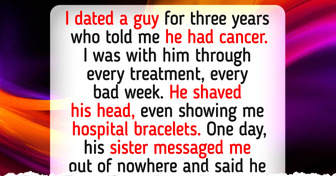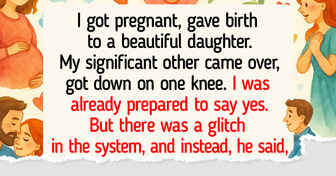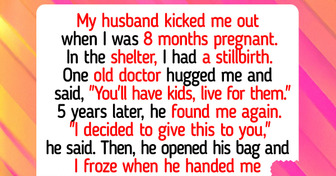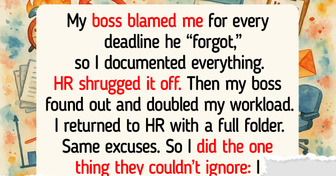10 Sleek Manicure Designs to Keep You Ahead of the Trend
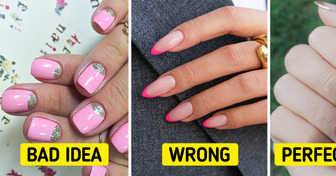
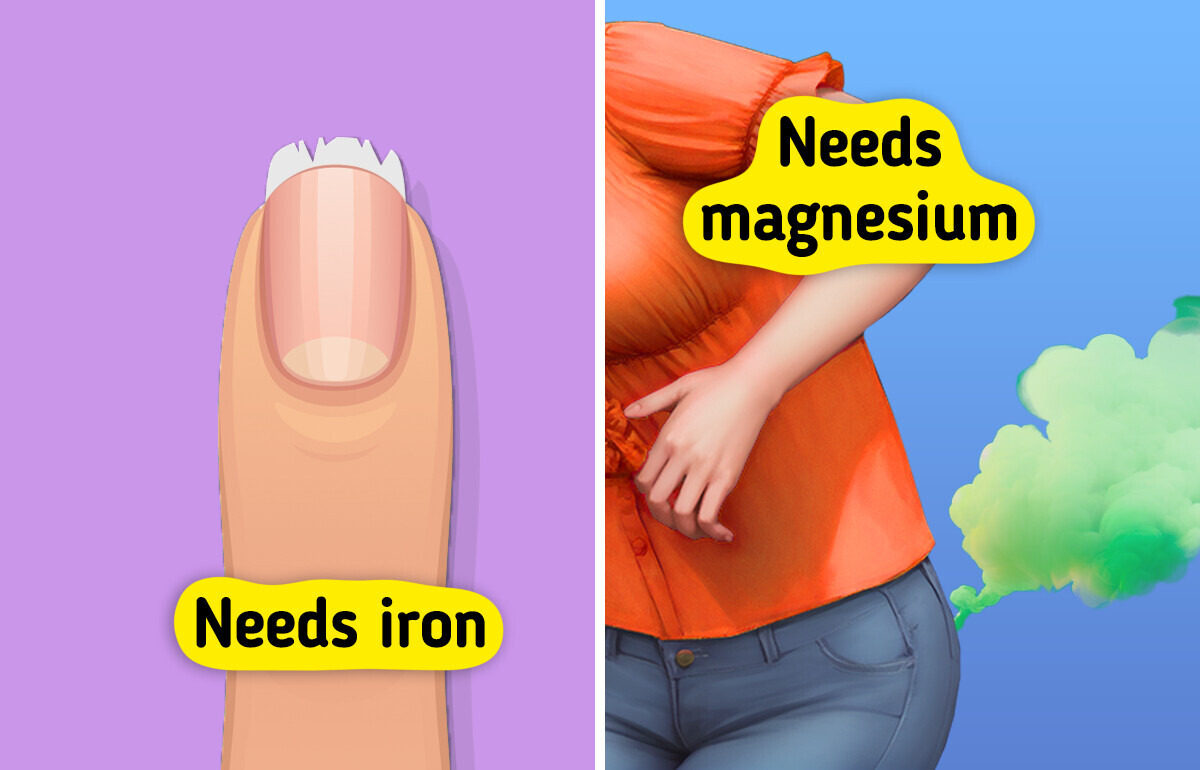
The human body is a remarkable network where everything is linked together. When something isn’t quite right, it rarely stays hidden—it speaks to us through subtle (and sometimes not-so-subtle) symptoms. Learning to recognize these signals can help us respond quickly, catch problems before they escalate, and keep our bodies in top shape.
CONTENT IS PROVIDED FOR INFORMATIONAL PURPOSES ONLY AND IS NOT INTENDED AS A SUBSTITUTE OF MEDICAL ADVICE.
SEEK GUIDANCE OF YOUR DOCTOR REGARDING YOUR HEALTH AND MEDICAL CONDITIONS.
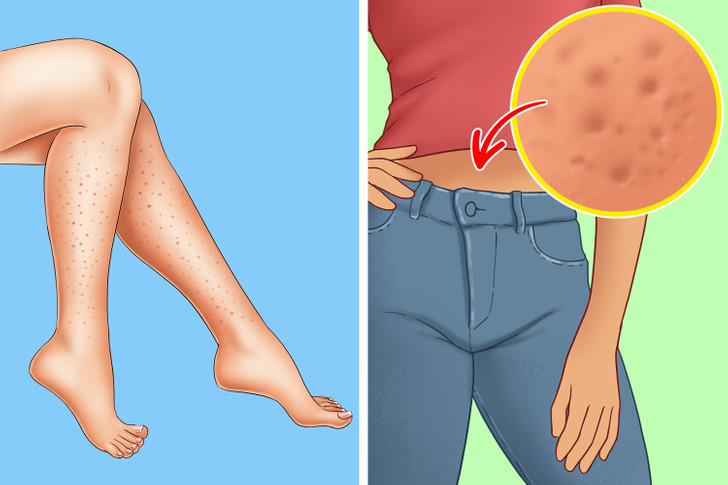
Many autoimmune diseases affect the skin, causing rashes, redness, or sensitivity to sunlight. You may develop dry, flaky patches, unexplained redness, or a butterfly-shaped rash across the nose and cheeks. Sometimes, these symptoms come with itching, making them even more uncomfortable. If your skin issues don’t seem to improve with regular treatments, they could be a sign of an underlying autoimmune problem.
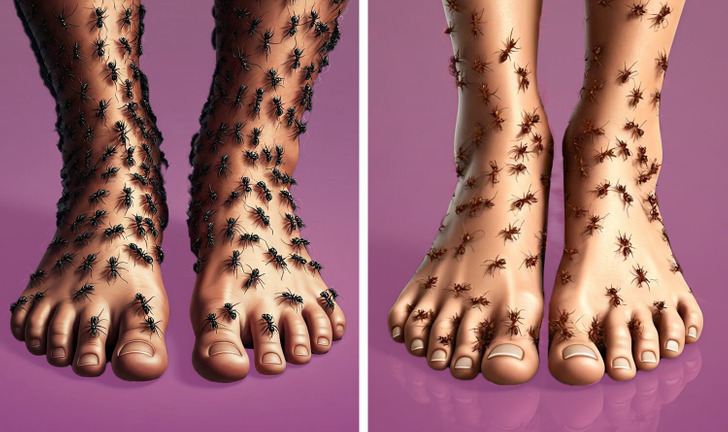
You may have restless leg syndrome if you experience strange sensations in your legs and feet, such as crawling, creeping, or an urge to move. At night, when you are trying to sleep, this chronic condition often causes discomfort. Though there isn’t a cure for RLS yet, taking certain vitamins and minerals like vitamins C, E, B6, B12, magnesium, and iron may give relief.
If you’ve noticed hair loss on your feet, it could be due to poor blood circulation. When circulation isn’t great, the body prioritizes vital organs over the extremities, like your toes. Hair loss can also be a sign of diabetes. Hair on your toes might seem like a nuisance, but it’s actually a sign of good circulation. Healthy blood flow to your feet helps with wound healing and sensation. So, having some toe hair is a good thing.
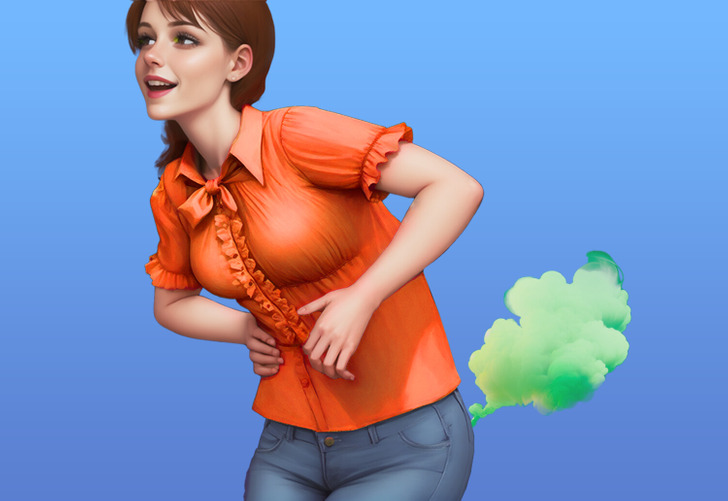
Flatulence may indicate a lack of certain enzymes needed for digestion, such as lactase or amylase. It can also be linked to a magnesium deficiency, which helps relax intestinal muscles and reduce spasms. However, it is always best to consult a doctor.
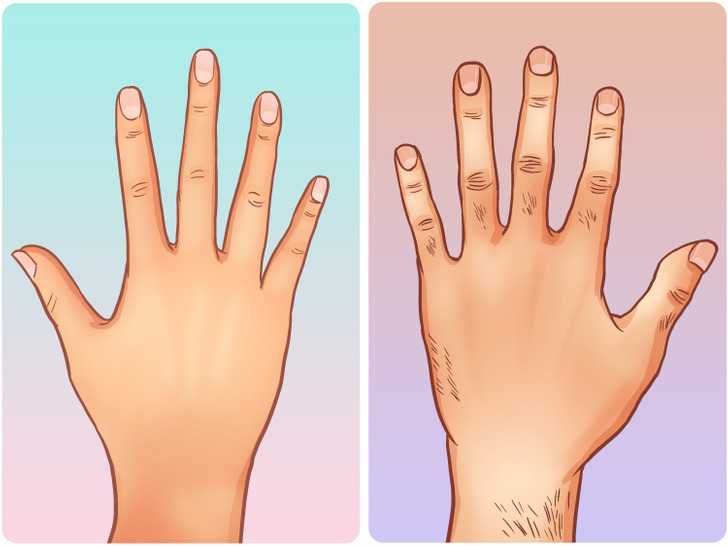
Ever get that weird tingling or numb feeling in your hands and feet? Maybe your fingers turn icy cold a little too easily, especially when it’s chilly, or you’re stressed out. It might seem harmless at first, but if it keeps happening—or even starts getting uncomfortable—it could be a sign of something more.
Over time, these sensations might become harder to ignore. If you’re dealing with this along with constant fatigue, it could be worth looking into what’s really going on with your immune system.
The most common reasons for peeling nails and cuticles are iron deficiency and dehydration. If iron deficiency isn’t treated in time, it can lead to anemia, which can also lead to multiple health issues, such as chest pain. Other reasons for your bad nails can be your underactive thyroid, lung disease, or even kidney disease. The best way to treat your nails at home is by eating an iron-rich diet and keeping your nails moisturized.
Now, if you start noticing white spots on your nails, there are 4 possible reasons: allergies, fungal infection, an injury, or mineral deficiency. You should pay closer attention to the last one since it will need to be treated with extra care. Zinc and calcium are the most common culprits for this deficiency, and getting a blood test done should be the first thing you do.
Dry, cracked heels often develop due to a lack of moisture in the skin, exposure to cold weather, or spending long hours standing. In some cases, though, they may be linked to underlying health conditions like eczema, underactive thyroid (hypothyroidism), or diabetes.
To care for your heels at home, begin by soaking your feet in warm, soapy water for about 20 minutes to soften the skin. Afterward, gently exfoliate the area using a pumice stone to remove dead skin. Follow up with a thick, nourishing moisturizer containing ingredients such as lactic acid, jojoba oil, or shea butter to help lock in hydration.
If these at-home remedies don’t show improvement, it’s best to consult a healthcare provider. A podiatrist can offer stronger treatments, including prescription moisturizers or medical-grade skin care. To help prevent further cracking, make it a habit to inspect your heels regularly, keep them clean, and wear supportive footwear throughout the day.
Feeling thirsty all the time isn’t normal, experts say. Sometimes, it may be related to your diet, so check if you’re consuming too many spicy or salty foods. Persistent thirst could also indicate diabetes or pregnancy.
You don’t have to wait until a major issue appears and causes you great distress. For example, there are various signs your eyes may be sending you when certain health issues are present.



